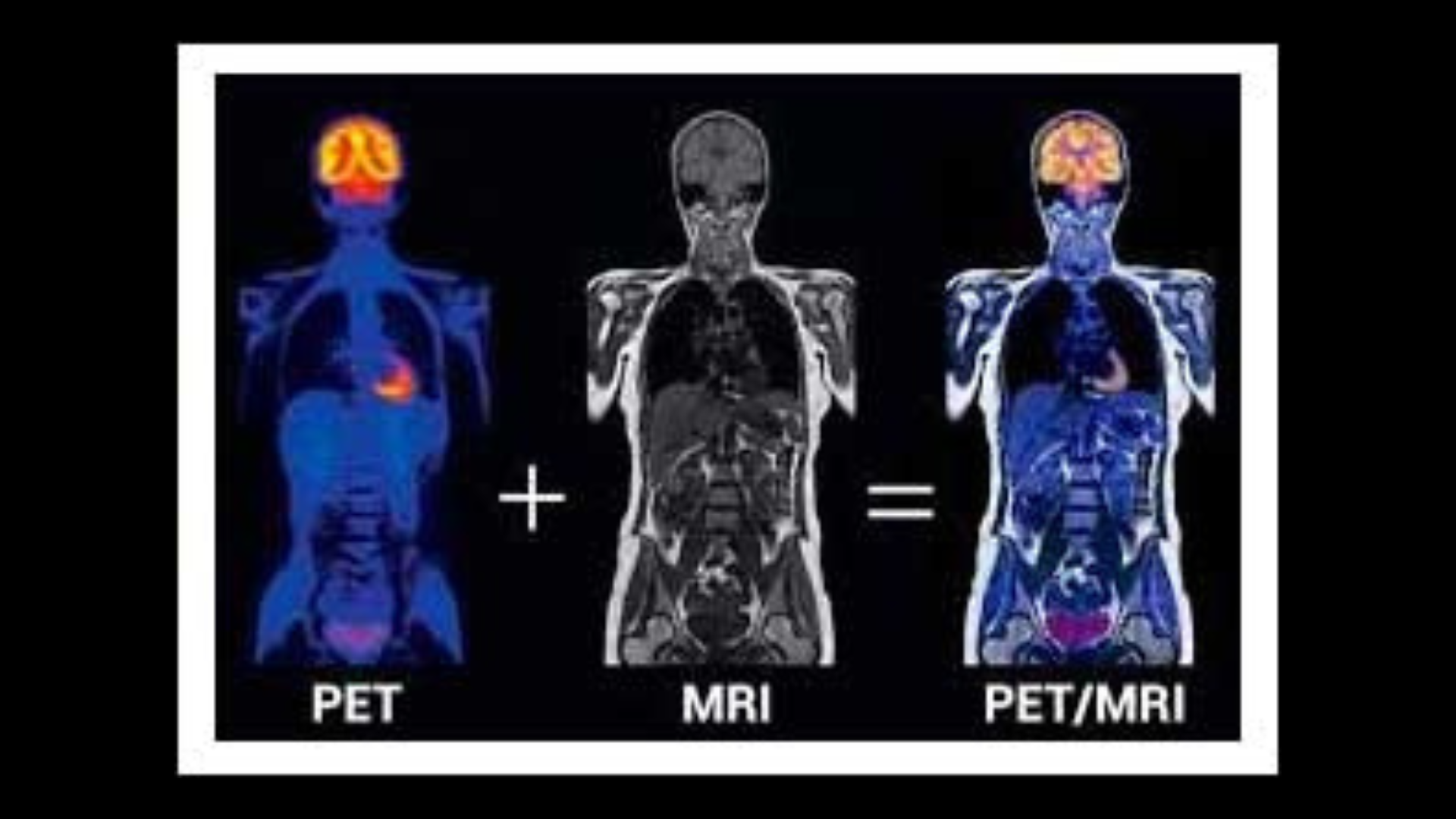Innovations in PET Imaging

Hybrid PET/MRI Systems:
Overview: Combines metabolic data from PET with detailed structural imaging from MRI, providing a more comprehensive analysis of brain conditions.
Applications: Simultaneous analysis of tumor metabolism and location for precise surgical planning. Useful in complex cases such as glioblastomas, where understanding both metabolic activity and anatomical positioning is critical.
Real-World Example: A hybrid PET/MRI scanner was used to evaluate metabolic activity in a patient with a brain tumor while also mapping surrounding healthy tissues. This guided surgeons to achieve maximal tumor resection while preserving critical brain functions. Source: Hybrid PET/MRI in Neuro-Oncology
Artificial Intelligence in PET Analysis:
Overview: AI algorithms are revolutionizing PET imaging by automating tracer uptake quantification, enhancing precision, and reducing image noise.
Applications:
- Early detection of neurodegenerative diseases such as Alzheimer’s by identifying subtle changes in amyloid plaque patterns.
- Automated tumor segmentation for personalized treatment planning in oncology.
Real-World Example: Researchers implemented AI to analyze PET scans for detecting amyloid deposits in preclinical Alzheimer’s patients, achieving 95% diagnostic accuracy while significantly reducing analysis time. Source: AI in PET Imaging for Alzheimer’s Disease
Portable PET Scanners
- Overview: Emerging portable PET scanners enable bedside imaging, particularly beneficial in critical care and remote settings.
- Applications:
- Immediate assessment of brain injuries in ICU patients.
- Providing neuroimaging access in rural and underserved areas.
Real-World Example: Portable PET scanners were deployed in a study to monitor metabolic activity in patients with severe traumatic brain injuries in ICU settings, enabling real-time clinical decisions. Source: Development of Portable PET Scanners
